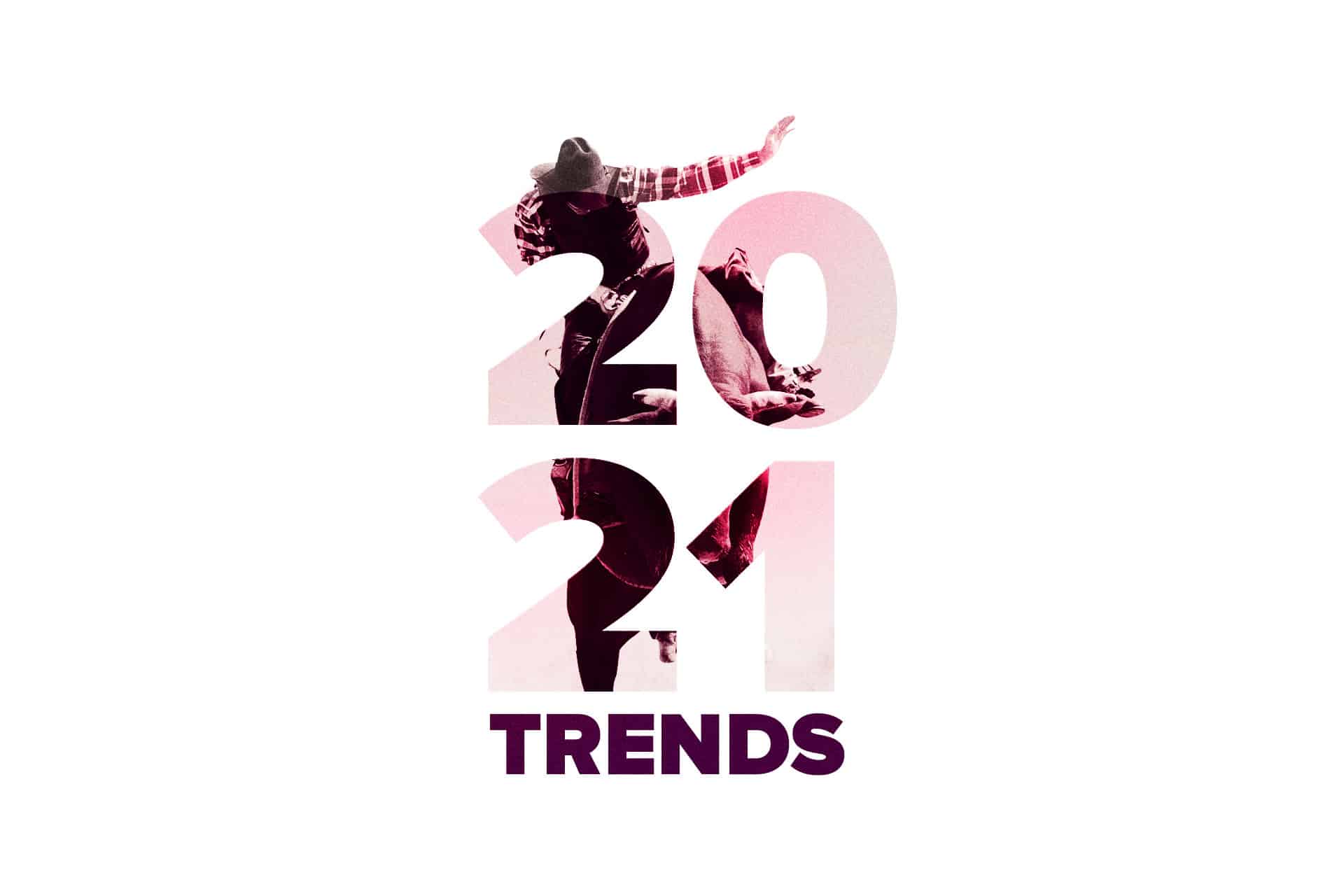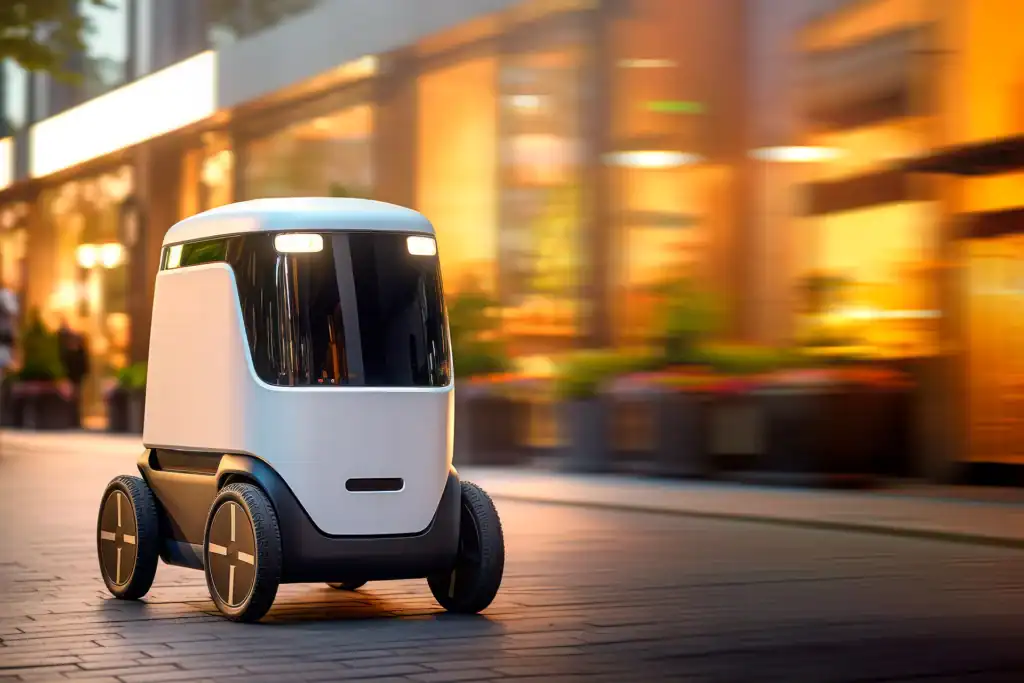It goes without saying that 2020 was a nightmare of a year for everyone around the globe. Our industry – the restaurant industry – has been, and continues to be, decimated by the pandemic and political leadership. Just because the calendar popped into a new year, doesn’t mean the challenges stop. yes, the pandemic is here, and it’s surging. With that surge comes tough decisions from lawmakers on how to protect their constituents and reduce the pandemic’s impact. Unfortunately, those decisions may mean more stress applied to restaurants. Stress that many will not be able to bear. Things look bleak, yes, but there is a silver lining, dare I say?
Struggle fuels innovation and the restaurant industry was built to innovate.
With every tragedy, there exists a positive side. While no one wants to see more restaurants close, nothing can change what’s already happened, nor truly affect what will happen. However, we all can look to what’s next. Forest fires are devastating, but their aftermath creates a fertile foundation for new life and growth. Restaurateurs and visionaries stand at the precipice of an industry fertile with opportunities to create new experiences. Experiences designed and primed to align with new behaviors and new value systems fostered and built during the lockdowns and months that followed. Experiences created with today and tomorrow’s realities as a guiding light. Let’s have a look at some trends I think will help restaurant brands charge ahead.
1. Drive-throughs resurge
Fast-casual restaurant concepts emerged in an answer to people wanting elevated options without the sit-down restaurant commitment. We wanted nicer, better food, and sexier interior experiences. It was a rejection of the fast-food experiences of our parent’s generations. The ones built on speed, efficiency, and cheap food. One iconic element of that fast-food revolution was the drive-through. Drive-throughs became passé to the fast-casual surge and indicated a lower quality of brand if one were present. So, any self-respecting fast-casual restaurant shunned the drive-through. But, then COVID happened.
During the pandemic lockdowns, restaurants with drive-throughs surged. A phenomenon we experienced first hand with a few of our clients. It was easy to keep socially distant while serving up the food that people wanted. It also allowed them to get out of their houses, see some human faces, and enjoy a taste of normalcy. This will not change post-pandemic, and in 2021 we’re already seeing brands react.
Many well-known restaurant brands have released their new prototypes and almost every single one has a drive-through. Even Shake Shack, the darling of the fast-casual world, has launched a prototype with a drive-through as the epicenter. But drive-throughs are not easily implemented. They come with the need for new, refined processes, training of staff, and the need for speed. New concepts are better positioned to capitalize than currently existing concepts that have to pivot, but the ones that ace this feature will realize successes and growth.
Tech is no longer an unnecessary frill. It’s an absolute must. – Joseph Szala
2. Tech, tech, tech
In 2018 I spoke at the FED Conference in Chicago on the topic of “Restaurants of the Future.” While I never could have predicted the pandemic, I did stress that if a restaurant brand didn’t already have a tech plan in the works, they would be left behind. I couldn’ve never predicted how drastically and violently consumer behaviors would shift in such a short period of time, but here we are. If you are not already tech-enabled as a restaurant, you are facing extinction. If you are not investing in tech-fueled systems across operations, marketing, and so on, you are facing extinction. Tech is no longer an unnecessary frill. It’s an absolute must.
Restaurants need to be built on the foundation of strong technology. Online ordering that seamlessly connects with CRM, point of sale, and digital menu boards are all necessary for the success of restaurants today and tomorrow. Technology is already driving the behavioral shifts and demands seen in the post-pandemic consumer. At this point, you’re either in or out and tech is the deciding factor.
3. The human element – HR
Good talent is hard to find, and this year it got even harder. Most restaurants invest very little in attracting talent to their brand. It’s seen as an afterthought, but having great talent is vitally important more now than ever before.
Restaurant brands need to take recruitment seriously. It requires a real investment into marketing specifically to the people you want to represent the brand. What do you stand for? What are the amenities and benefits of a career with the brand? What’s being offered and what’s in it for them? Brands need to not only talk a big game, they need to walk it, too.
Talent in today’s world is looking for employment with a stable company. One that offers them good pay, a future if desired, and the ability to make an impact.
4. Reprieve from the narrative
We have been bombarded with the pandemic and political narratives spewed every day on every media channel. People are fatigued if not annoyed. They look for a reprieve from the doomsday talk and the brands that seek to capitalize on it. For instance, do we really need to hear “In these trying times…” one more time? I think not. Instead, brands need to offer people a legitimate escape from the stresses of life. Restaurants have an especially unique advantage here considering the offering of food, drink, and a bit of an escape.
5. Fiscal responsibility
Consumers have been shellshocked by the pandemic’s economic effects and the uncertainty of the future. It’s led to eyes on the bank account and developing a sense of fiscal responsibility. As a result, consumers have started scrutinizing where their funds are spent. This shined a bright light on things like delivery and service fees from third-party delivery partners.
Restaurants should be developing value-focused options that maintain quality and flavor but at an approachable price point. Additionally, brands need to look for ways to realize efficiencies and reduce the costs passed through to the customer. From here on out, our world is shifted to a more frugal-minded consumer group that still wants high quality. The brands that answer on the brands that will charge ahead.
6. Virtue signaling vs. doing
As discussed in the need for a reprieve from the narrative, people are fatigued with the same one-liners. And overuse of such narrative-driven pleas for sales, people are now skeptical and asking the right question: What are you DOING about it?
Virtue signaling from brands isn’t enough to foster belief in your brand’s values. People want to see action and they want to see it often. If you’re going to say “we’re all in this together” then how do you live that as a brand? How do you show that you are doing everything possible to be in it together? If you can’t show it, don’t bother saying it. The consumer’s nose for BS is powerful these days.
7. Virtual kitchen wars
Finally, but not least of all, the virtual kitchen format is burgeoning. And with the opportunities come all the challenges. Virtual kitchens are not immune to the challenges faced by standard format restaurants. In fact, they have a compounded scenario where new challenges are added to the standard ones.
The biggest issue with virtual kitchen brands is their lust for new concepts. Because they’re easy to create and launch, visionaries can easily fall victim to overloading the kitchen’s capability on the operations side. From the marketing side, every new brand created is a brand that needs to be marketed, and so far these virtual kitchen brands aren’t funded more or less than other restaurant brands. Yet, they have multiple brands to market along with their umbrella brand. It’s complicated and complex, to say the least.
Just as fast as this new format has taken hold, the weak ones will start to fail out. Welcome to the virtual kitchen wars of 2021.
2021 is a new year and a new opportunity to charge ahead with strong restaurant brand and marketing strategies. The trends covered in this report are only the top few that we see coming down the pike, or manifesting before our eyes in real time. With the right partners inside and outside the organization, restaurant brands can take big leaps ahead as the industry continues to shake out the weak from the strong. Good thing at Vigor we help build strong brands!


